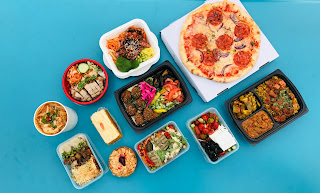Plan the night before: Plan your day the night before, this will help you stay organized and reduce stress in the morning.
Set your alarm: Set your alarm for a specific time, this will help you start your day on time.
Prepare breakfast: Prepare breakfast the night before, this will save time in the morning.
Get dressed: Get dressed right after you wake up, this will help you feel more awake and ready for the day.
Make your bed: Make your bed as soon as you wake up, this will help you start the day feeling organized and accomplished.
Pack your bags: Pack your bags the night before, this will save time in the morning and help you avoid forgetting anything.
Check the weather: Check the weather the night before, this will help you plan your outfit and avoid any last-minute surprises.
Gather your essentials: Gather your essentials such as keys, phone, wallet, etc. and put them in a designated spot the night before.
Review your schedule: Review your schedule for the day, this will help you stay on top of your tasks and appointments.
Allow extra time: Allow extra time in the morning, this will help you avoid feeling rushed and stressed.
Note: This is a general list, you can add or remove based on your personal preference and usage. Remember that creating a morning routine that works for you will take some time and experimentation. Be patient with yourself as you figure out what works best for you.























